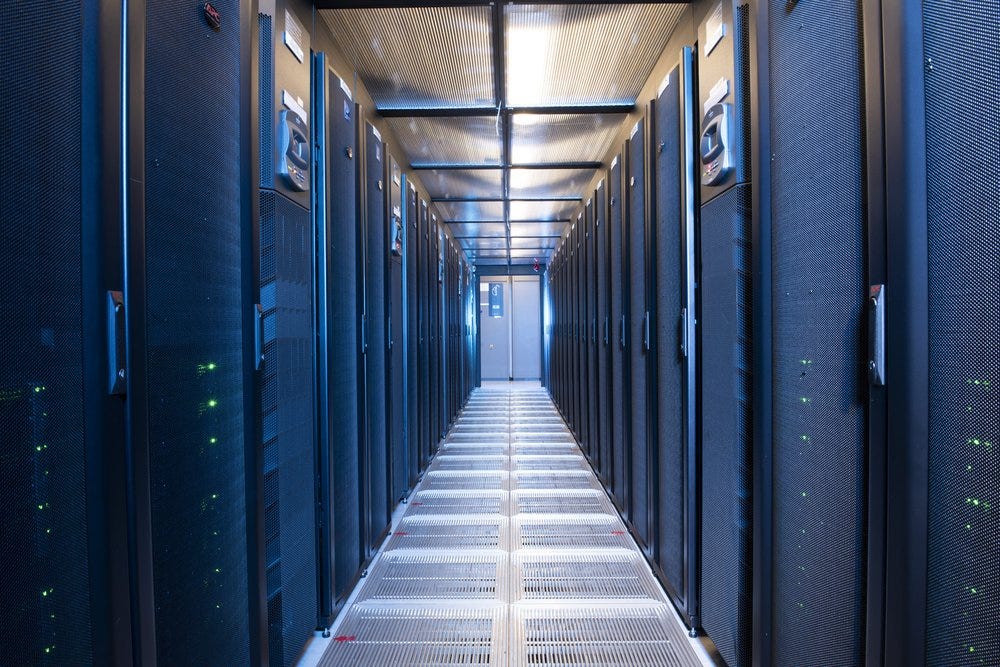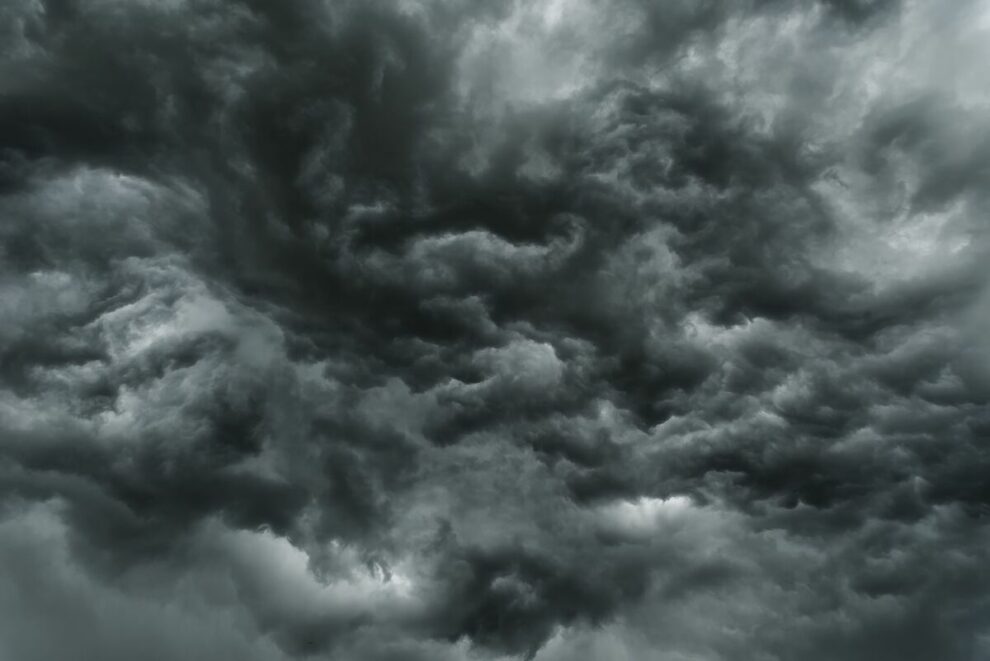If we were to rank the emptiest slogans in the climate debate, "It's just basic physics" would be near the top. A few lone voices over the years tried to debunk this one, such as Christopher Essex and Ross McKitrick's 2002 book Taken By Storm. Now, slowly the word is leaking out from the science community itself: despite 30 years and billions of dollars spent, our models are lousy at predicting climate change, in large part because we still don't know how to model clouds. And pretending they don’t matter because we can’t cope with their complexities is not science.
One of the messages in Taken By Storm was that it takes a great deal of mental effort just to understand why climate is so difficult to understand. To a simpleton, everything is simple. That's why the Al Gores of the world genuinely think the climate problem is solved and there's nothing left to do except roll out the policy agenda.
If only. A few parts of the problem are reasonably well understood. The mechanism by which infrared radiation from the Earth's surface gets absorbed in the atmosphere by greenhouse gases is understood, though as we will show in a forthcoming video interview with physicist William van Wijngaarden, translating that into predictions of temperature change is far from trivial. But the bigger challenge is ... well everything else that goes on in the atmosphere, which goes under the heading of convection.
The giant overturning motions of air, and the turbulence generated within those processes, give us our weather systems and those mysterious flying mountains called clouds, which to this day defy accurate prediction.
At her blog Climate Etc., Judith Curry reproduces an interview with climatologist Bjorn Stevens which focuses on why climate models have had so much difficulty with clouds. The processes that create them operate at the microscopic scale, while climate models operate at scales hundreds of kilometers wide. So modelers rely on rules of thumb, called "parameterizations", to predict how much cloud cover will appear and what types of clouds will be involved.
Different models use different parameterizations, resulting in minor differences in predicted cloud cover, which translate into major differences in climate conditions. Models differ from one to the other by as much as ten degrees C over how cold the Arctic is today: never mind how warm it will get fifty years from now. Which means that a key determinant of what future a model predicts is a choice of cloud parameterization driven either by inclination or random guesswork regardless of how good other parts of the model are. (As Judith Curry observes in her new project to mathematize the prediction of possible climate outcomes in order to weigh the chance of disaster, the predictions of RCP8.5 (that’s Representative Concentration Pathway 8.5 to those of you who speak English or something resembling it) are driven by sensationalism not probability.)
As Stevens explains, all it would take is a four percent change in the amount of low cloud cover globally and you could have a 2 degree change in the climate. The goal of the futile Paris climate treaty is to prevent that much warming, yet modelers can't predict what might give rise to such variations in cloud formation.
It's not that modelers are dumb or dishonest, it's that the science they are trying to understand is profoundly complex. The computational problems that politicians keep telling us are simple and settled turn out to be among the most difficult and uncertain in all of science. The only truly safe prediction in the climate change issue is that every simple slogan beloved among politicians is the opposite of the truth.



"...problems... turns out..." should be "turn out"